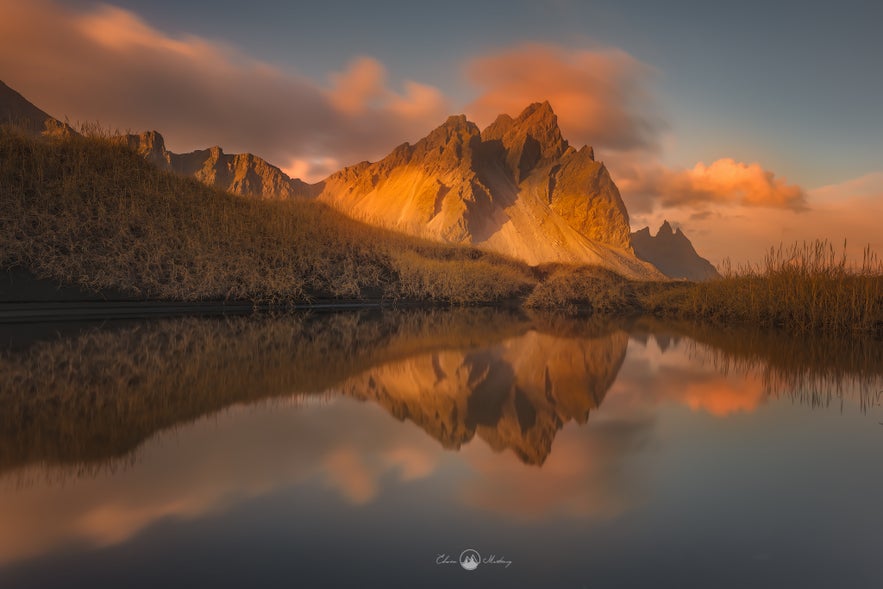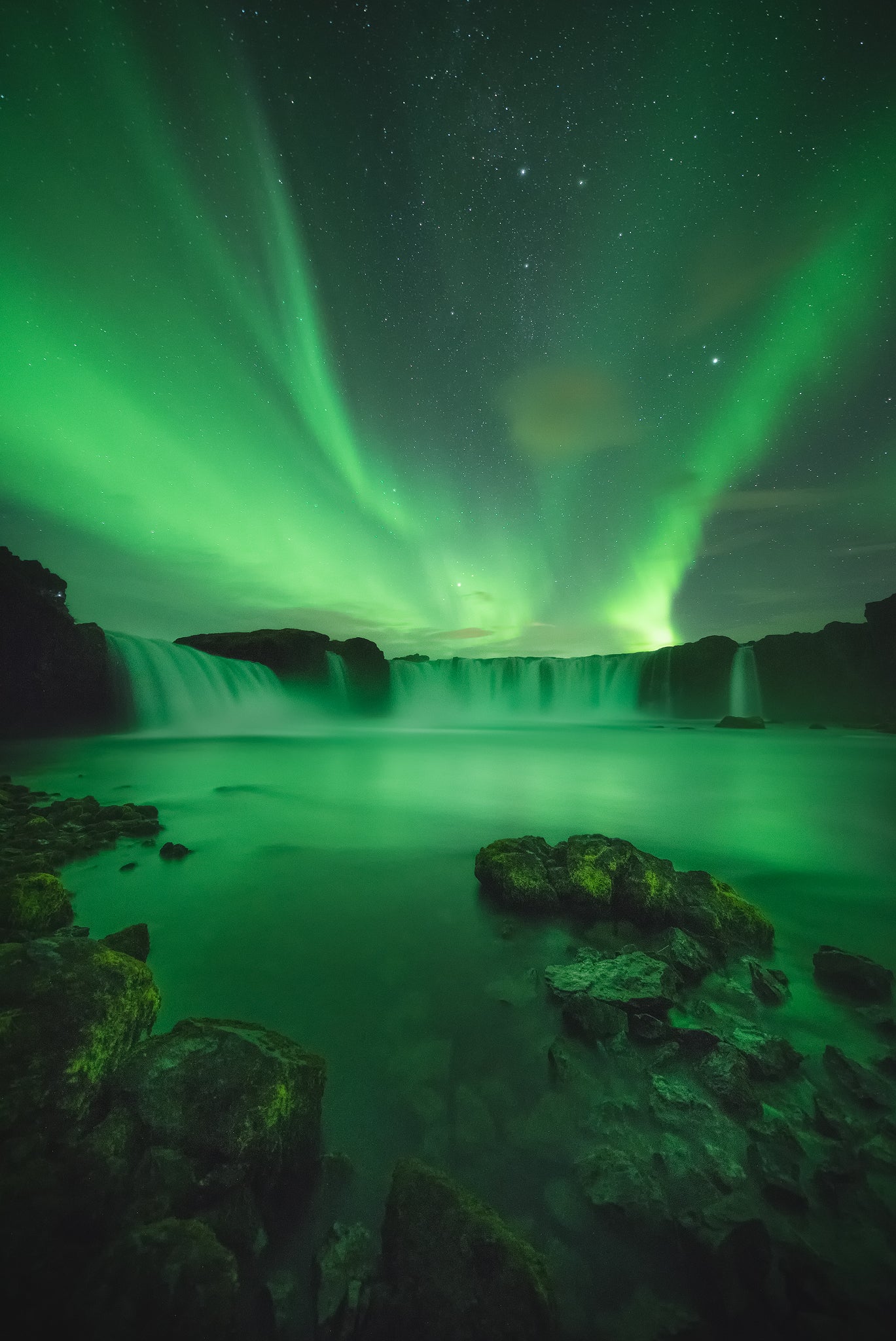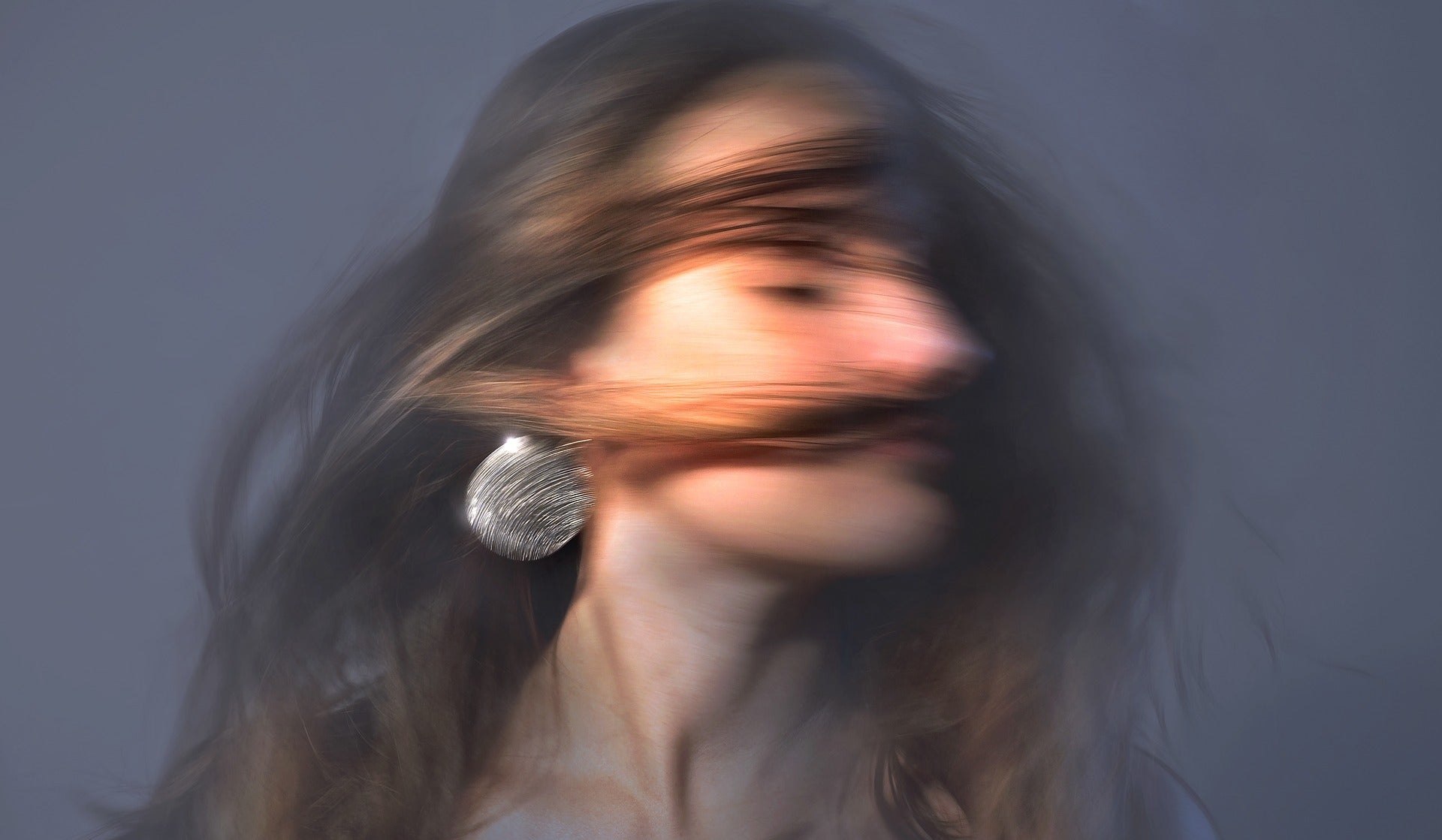
Aspect ratios are an integral part of landscape photography in Iceland, though they may not initially seem very important at the time when you’re lining up your camera in front of Vestrahorn for a shot. For most people, choosing an aspect ratio often doesn’t even come to mind until they find themselves sitting down in front of a computer to do some post-processing.
- Explore these International Workshops
- Check out the Ultimate Guide to Composition in Photography
- Learn all about How to Take Great Photos in Bad Lighting Conditions
If you’ve been looking at other people’s photos of Iceland, then you’ll notice that not all of them follow the same aspect ratios. In fact, most of them don’t even follow the default aspect ratios set by their cameras.
The reason for these deviations is that sometimes, a certain scene may simply work better with a particular aspect ratio.
To make it a little bit easier for you to choose the best aspect ratio to use for your landscape photography in Iceland, let’s take a further look at what the aspect ratio really is, how it can affect the way that people look at your photographs and how you can utilise different aspect ratios to make the most of the landscapes that you’ll be trying to shoot.
What is the Aspect Ratio?
The aspect ratio is how we describe the width and height of your photos. It is expressed as a numerical figure in the form of width:height, with the width always coming first in that sequence. There is not actually anything more to it.
What is the Aspect Ratio of Most DSLR Cameras?
 Most full frame cameras use an aspect ratio of 3:2 Photo by: '© A.Savin, Wikimedia Commons'
Most full frame cameras use an aspect ratio of 3:2 Photo by: '© A.Savin, Wikimedia Commons'
There are two main aspect ratios that are used by digital cameras.
An aspect ratio of 3:2 is used by 35mm crop sensor and full-frame DSLR cameras, as well as some Leica medium format cameras, mirrorless cameras and high-end compact cameras, regardless of their sensor size or the number of megapixels. The numbers here simply mean that the frame is one and a half times as wide as it is high.
The other commonly used aspect ratio is 4:3, which is employed by micro four-thirds cameras, many compact cameras, and some medium format digital cameras.
How Does the Aspect Ratio Affect Your Landscape Photography?
 The aspect ratio you choose to use can change your composition. Photo by: 'Pixabay'.
The aspect ratio you choose to use can change your composition. Photo by: 'Pixabay'.
Put quite simply, whichever aspect ratio that you choose to use for your landscape photography in Iceland can either make or break your composition.
Having an awareness of the characteristics of different aspect ratios, as well as the default aspect ratio of your camera, can help you to better compose your images. This also comes in handy during post-processing, when you’ll be able to visualise how cropping to a different aspect ratio can actually improve the overall composition of the final image.
By being aware of the characteristics of different aspect ratios, you can use them to your advantage in emphasising the subject, to remove distractions within the frame and to help you balance the scene in front of you.
What is the Best Aspect Ratio to use for Landscape Photography in Iceland?
 When shooting landscapes, which is the best aspect ratio to use? Photo by: 'Iurie Belegurschi'.
When shooting landscapes, which is the best aspect ratio to use? Photo by: 'Iurie Belegurschi'.
You probably already know what we’re going to say. Unfortunately, there is no single best aspect ratio to use for your landscape photography in Iceland.
Having said that, there are some things that you should take into consideration when shooting that will help you to choose the best aspect ratio to use for capturing the scene at hand.
The key to picking an aspect ratio that will suit the scene you are trying to capture is to match the crop with your subject. So let’s look at some of the more common aspect ratios in landscape photography and how you can apply them to your own images to create compelling and creative landscape images of Iceland.
1:1 – The Square Format
 The square format is used for Instagram. Photo by: 'Iurie Belegurschi'.
The square format is used for Instagram. Photo by: 'Iurie Belegurschi'.
The square format was traditionally used by medium format film cameras such as the Hasselblad and Rolleiflex back in the day. These days, you’ll see it most often gracing your mobile phone screen on social media applications like Instagram.
The square format is best used for simplifying an image and for giving your subject an incredible presence within the frame. It does this by allowing you to break the rules of composition and to centre your subject or even the horizon, as well as to work symmetrically to balance the elements within the frame. You’ll find that doing so will only strengthen your composition, as opposed to weakening it as it would in other aspect ratios.
The reason for this is quite simple. Usually, our eyes intrinsically move from the left of a frame towards the right as we search through or ‘read’ an image. With a 1:1 square crop though, our eyes tend to land right in the middle of the frame, particularly if the elements have been arranged with care. You can use this particular aspect ratio to help you to tighten your composition and to create an impactful scene.
Since the width and height of a 1:1 crop are equal, this aspect ratio can be used for displaying both horizontal and vertical subjects, such as waterfalls. This format is also well-suited to minimal landscapes, like lava fields or a single piece of ice that has washed ashore on the Diamond Ice Beach near the Jökulsárlón glacier lagoon.
4:3 – The Medium Format
 Some medium format cameras use the 4:3 aspect ratio. Photo by: 'Pxhere'.
Some medium format cameras use the 4:3 aspect ratio. Photo by: 'Pxhere'.
The 4:3 format is used by micro four-thirds cameras, most compact cameras, some digital medium format cameras, as well as medium format film cameras. It is also used by non-widescreen televisions and computer monitors.
With this particular format, the image is wider than it is tall. As such, the eye will naturally want to move from the left of the image through to the right. This format is perfect when you want to minimise the details at the edges of your frame, while still having some height. Given that the frame remains relatively tall, you can use it in combination with a wide-angle lens to lead your viewer’s eye through the landscape by enhancing leading lines from the foreground into your subject.
One example of this is with the basalt rock formation Hvítserkur in the north of Iceland, where patterns in the sand at low-tide can point towards the ‘drinking dragon’ itself. By using a 4:3 format, you will be able to capture the entire depth of the scene.
3:2 - The 35mm Format
 The 3:2 format is the most common aspect ratio for landscape photography. Photo by: 'Iurie Belegurschi'.
The 3:2 format is the most common aspect ratio for landscape photography. Photo by: 'Iurie Belegurschi'.
The 3:2 format is the most common aspect ratio used in landscape photography today and is the mainstay of 35mm digital and film cameras, a few Leica medium format cameras, mirrorless cameras as well as some high-end compact cameras. With this particular aspect ratio, the width is significantly longer than the height. Once again, this encourages the eye to move from the left of the image towards the right.
 The 3:2 format is great for capturing leading lines inside an ice cave. Photo by: 'Iurie Belegurschi'.
The 3:2 format is great for capturing leading lines inside an ice cave. Photo by: 'Iurie Belegurschi'.
With the 3:2 format, you will be able to capture a great deal of the scene in front of you, but you will also need to pay close attention to your composition as there is so much to the left and the right of the frame that your subject may get a little bit lost in the detail. However, this aspect ratio is great for making the most of diagonal leading lines that lead into something of interest, such as the frozen formations within an ice cave curving around towards the opening of the cave itself.
3:1 – The Panoramic Format
Much of the nature in Iceland is made up of vast, sweeping landscapes and there is no better way to capture them than in the form of a panorama. The 3:1 aspect ratio is supported by a number of medium format cameras, but can also be achieved by stitching 2 or more images of other aspect ratios together.
With this format, you’ll be able to capture the sheer grandeur of everything that you see before you, though that doesn’t mean that you can just point and shoot at anything with complete disregard for the composition. A 3:1 crop is well-suited to the immense beauty of the Icelandic landscape if you use it in a minimalistic fashion. Doing so accentuates the feeling of space, bringing to life for the viewer exactly how it must feel to be dwarfed by nature itself.
When using the 3:1 format, you should position your subject towards the right side of the frame, keeping in mind that the viewer’s eye usually moves from the left to the right. This will keep the viewer’s interest until they have finished exploring the breadth of your image. If you play your cards right with intriguing elements within the foreground, then you’ll also be able to give the viewer a sense of depth as their eye travels through the shot.
16:9 - The Widescreen Panoramic Format
The widescreen panoramic format is exactly that – what you tend to see on widescreen TVs and computer monitors. Although it is used by some panoramic film cameras, you will usually be able to crop into 16:9 by using software during post-processing.
With the 16:9 format, it is difficult to lead the viewer’s eye in from the foreground. Rather, the scene becomes compressed in height, making up for it with expansive width. As such, it is best to use longer focal lengths or zoom lenses from a distance when composing a widescreen panoramic shot, which will allow you to present the landscape in a much more creative way.
The kinds of landscapes that are perfect for this aspect ratio include waves rolling in at the black sand beach of Reynisfjara, the rhyolite mountains of Landmannalaugar, as well as the massively large crater lakes to be found in the Icelandic Highlands.
What Happens to the Aspect Ratios if you Shoot in Portrait Mode?
When shooting in portrait mode, certain aspect ratios may be too tall for you to balance the composition of the Icelandic landscape throughout the frame. For example, with the 16:9 format, the frame becomes too long for you to fill the frame effectively.
So when you photograph Iceland in portrait mode, consider using an aspect ratio with a smaller height, such as 4:3. This will ensure that you minimise the risk of creating an imbalance in your overall composition, whether that’s with excessive amounts of sky, middle ground or foreground.
What the Correct Aspect Ratio Means for You
Although the aspect ratio isn’t everything, when it is combined with composition, it makes up an important part of landscape photography in Iceland. While digital cameras may have default aspect ratios for the images they create, technology these days means that we no longer have to be confined by these limitations.
Just because your camera is a certain format doesn’t mean that you won’t be able to change the aspect ratio later on during post-processing to suit the landscape that you have photographed.
So keep in mind that the aspect ratio is just another creative tool that you have in your arsenal to help you make amazing photos of Iceland. By choosing the best aspect ratio to suit the scene, you can enhance the way that people look at your photographs and elevate an otherwise great composition into something that is truly exceptional.
About the author: Serena Dzenis is a landscape photographer based in Iceland. You can find more of her work on her website or by following her on Facebook and Instagram.
Develop your photography skills in the wild and beautiful nature of Iceland. Join one of our photography tours and workshops today!












